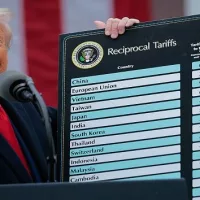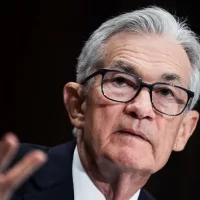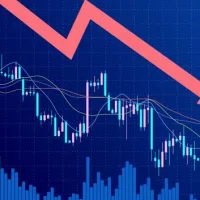
(NEW YORK) — The economic recovery from a pandemic-induced downturn has prompted a surge in worker pay, especially in some low-wage sectors like leisure and hospitality, leading to pronouncements of a shift in leverage between workers and management.
Despite a pandemic-era boom for low-wage workers, the hike in pay last year for a typical worker at the nation’s lowest-paying companies failed to keep up with the raises enjoyed by the chief executives at their firms, according to a report released on Tuesday by the Institute for Policy Studies, a left-leaning think tank.
Moreover, at more than a third of the lowest-paying companies, the pay hike last year for a typical worker fell short of inflation, effectively amounting to a pay cut, the report said.
The 30-page report — which examines the 300 U.S. corporations that provided the lowest median pay in 2020, including large corporations such as Amazon and Starbucks — found that the CEO-to-worker pay gap at those companies grew wider last year compared with the year prior.
The average gap between CEO and median worker pay among those 300 low-paying companies rose last year to 670-to-1, up from 604-to-1 in 2020, the report said. Forty-nine firms had ratios above 1,000-to-1 last year, the study showed.
“Instead of using 2021 as an opportunity to reward low-wage workers, many of whom did work to keep the economy going during the crisis, we saw gaps further widening and companies focusing on keeping their CEOs happy,” Sarah Anderson, the director of the Global Economy Project at the Institute for Policy Studies and a co-author of the report, told ABC News.
Andy Jassy, the Amazon CEO, received compensation totaling $213 million last year, resulting in a pay ratio of 6,474 to 1, according to a filing with the Securities and Exchange Commission. Starbucks CEO Kevin Johnson, who retired in March, received total compensation of $20.4 million last year, which amounted to 1,579 times the pay of a typical worker at the company, a SEC filing showed.
The increased wage gap between CEOs and median workers at Amazon and Starbucks last year coincided with a surge in unionization at the companies. A nationwide labor campaign at Starbucks, which began with a victory at a store in Buffalo, New York, in December, has achieved union representation at 72 stores, the National Labor Relations Board said last Tuesday.
“We’re seeing more and more workers turning to unionization and other ways to try to stand up and demand their fair share,” Anderson said.
But the increased gap between CEOs and median workers may reflect the heightened need for capable leadership during the economic crisis brought about by the pandemic, said Rachel Greszler, a senior research fellow at the Heritage Foundation, a conservative think tank.
“It could’ve made sense for companies to increase compensation to keep people they had on board or to attract people to get them through difficult times,” Greszler said.
In addition to Amazon and Starbucks, the report examined major corporations such as McDonald’s, Walgreens Boots Alliance, Nike and The Home Depot, among many other companies.
Copyright © 2022, ABC Audio. All rights reserved.















